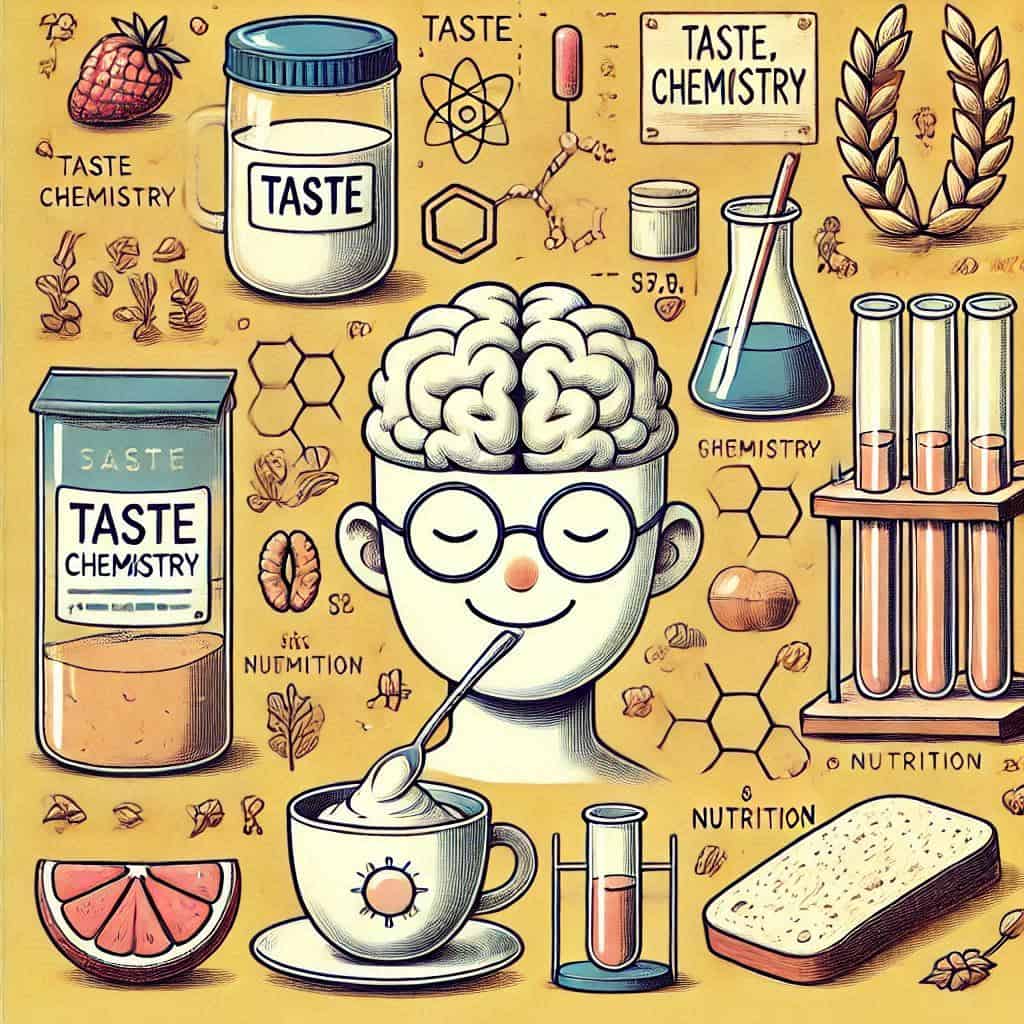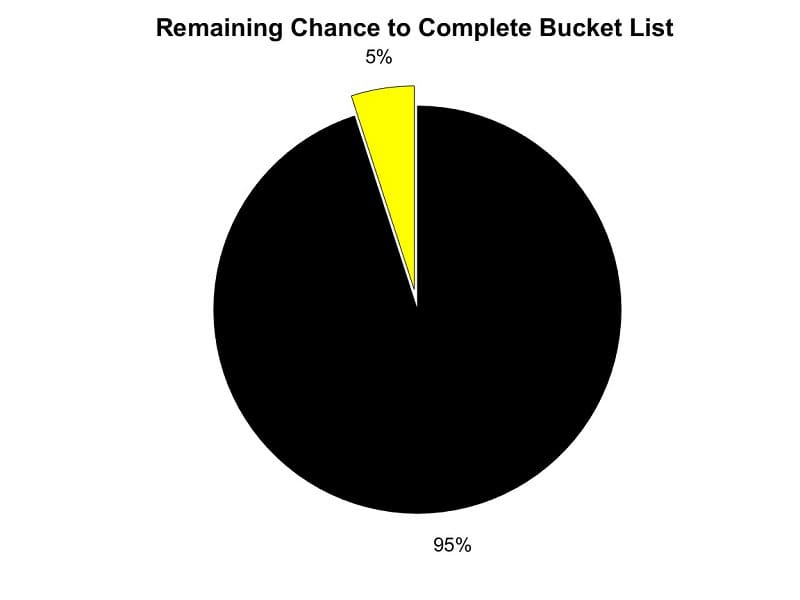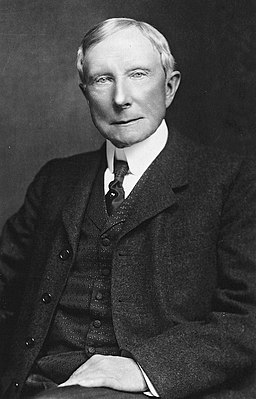Agents of Human Evolution
It might seem upon first thought that both the male and the female of the species have the same impact on the evolution of our life form, but (the ever-present but), I will show that in this area the impact of the two sexes is not the same.
Males contribute more to the change in the average phenotype (displayed characteristics) of the human race, while women contribute more to the stability of the average phenotype.
- The first fact that triggered my mind down this thought path was the understanding that geneticists have developed to explain the relatively large number of males suffering from certain types of hereditary diseases.
- The details, which are given in most biology texts (or see the Encyclopedia Britannica, 15th Edition, publ.1975, Vol.IX, p.92,’Sex-linked character’), hinge on a genetic difference between men and women. The 23rd pair of chromosomes, those that determine sex, also contain other genetic information. In addition, the male Y chromosome lacks part of the genetic material that a woman possesses.
- The upshot is that the Mendel pairs that classical genetics assumes do not exist for males on that part of the chromosome.
- Thus, men exhibit color blindness when they possess only one allele (gene) for it. Women require the presence of both alleles before they display this recessive trait.
- This chromosomal difference implies that new traits and new combinations of genes, depending on that pair, are exhibited in males at a rate equal to which the gene is present in the gene pool, while in women the rate of display is equal to the square of the gene pool frequency.
- Since the square of a number less than one is smaller than the number itself, it will be seen that males more readily show sex-linked traits.
The well-known sex-linked traits are deleterious, but that does not mean they all must be. Consider two firmly established facts. On the average, men are taller and more heavily muscled than women (see Life Science Library, The Body, pp.193-155). But genetically the only difference, on the average, between the two sexes resides on the 23rd chromosome pair. What other significant differences will one day be discovered to have their origin on the 23rd pair?
Consider another fact. This is from the late Peter Farb’s excellent book, Humankind (p.203).
- On the average, 125 males are conceived for every 100 females, yet only 106 males are born for every 100 females.
Nature experiments more freely in evolution with the male of the species.
Isn’t it obvious?

Women Are More Stable Genetically 
Men have more genetic variability


